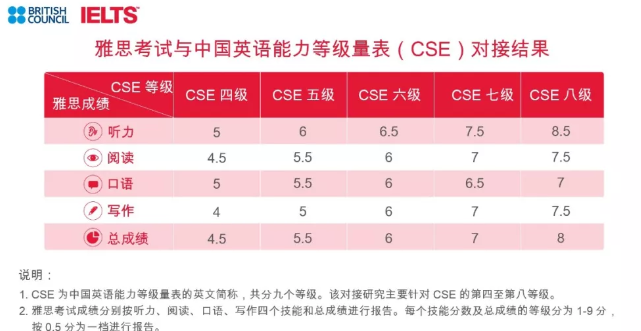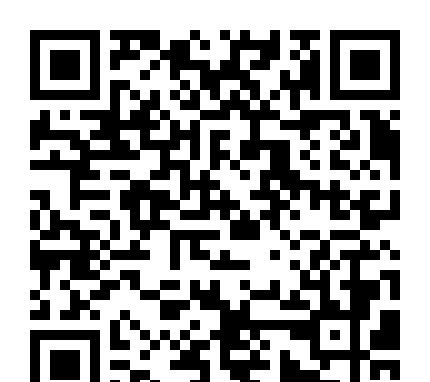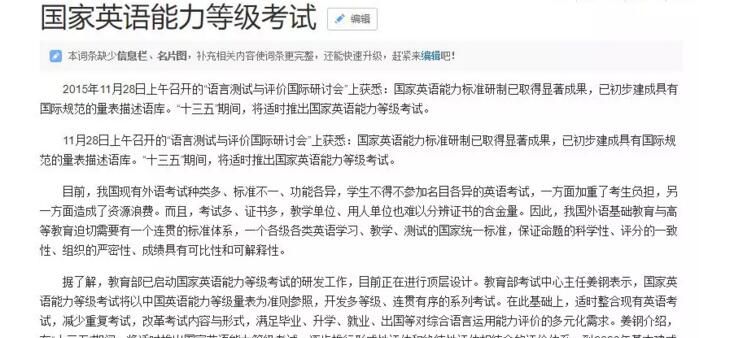经济类文章精选:Ripe
|
17 Ripe America's bond markets are due for scrutiny--and competition CURIOUSLY, bonds were the first products traded on the New York Stock Exchange (NYSE) back in 1792. It took the exchange 30 years to put the "stock" in its name. The exchange lost any significant stake in the bond business generations ago. Now, though, caught in a war over the cost of trading shares, the NYSE quite rightly is looking at other markets with fatter spreads. And its attention has settled on old haunts. It has begun talks with the Securities and Exchange Commission (SEC) over permission to trade thousands of unlisted corporate bonds. The obvious attraction of the bond market is its size: some $10 trillion-worth of corporate bonds traded in 2003, a quarter more than the trading volume on the NYSE. And yet the bond market's size and maturity ought to mean that there are no rich pickings left. It has been hard, though, to tell how efficient bond markets are. In contrast to equities, information on the price of dealing in bonds has been scarce. That began to change two years ago when the National Association of Securities Dealers began collecting transaction prices. This month the SEC released a study, based on these data, by its own Amy Edwards and Michael Piwowar, and Lawrence Harris of the University of Southern California. For all but the largest investors, trading bonds is many times more expensive than trading stocks. This is odd. In theory bonds should be no more expensive to trade than equities. Even before sales commissions, the spread between what investors receive when selling $20,000-worth of corporate bonds and what they pay when buying is about 1.4%, or about one-quarter of a year's return. Costs are still higher in the convertible-bond market. And in the municipal-bond market, the spread reaches 2%, according to a similar study published by the SEC in the summer. All told, this is at least four times as expensive as a typical retail equity trade. The prices of most corporate bonds are reported soon after trading. But for the portion of the corporate-bond market where prices are still not required to be reported, a $2 trillion segment in 2003, the study reckons investors paid an additional $1 billion in trading costs. When trades are reported through the NASD, according to the study, trading costs fall by 10% to 14%. And that is only a start, because the NASD system is glacially slow, reporting prices with a 30-minute delay. Meanwhile, only dealers know where the market is trading. With immediate disclosure, says Mr Harris, transaction costs would undoubtedly fall farther. The benefits, he notes, would not be just to investors but to companies, because lower sales costs would make their debt more attractive to buyers. Bond dealers have long resisted efforts to shine a light on their markets. The study indicates why. For the NYSE, opportunity knocks. Economist; 10/16/2004, Vol. 373 Issue 8397, p70-70, 1/2p 词汇注释 bound market 债券市场 due adj.(常与for连用)适当的;合适的;被期望的;约定、预期的 scrutiny [5skru:tInI; (?@) 5skru:tEnI] n. 细阅;详细检查;仔细研究 New York Stock Exchange (NYSE) 纽约证券交易所 Securities and Exchange Commission (美国)证券交易委员会 National Association of Securities Dealers (NASD) (美国)全国证券交易商协会 spread n.差额;进出差价 haunt n. 常去的地方; (动物等的)栖息处; (罪犯等的)巢穴 pickings (pl) n. 外快,临时收入 all told 一共;总计 market n. 证券(或商品)的交易,买卖 shine a light on sth. v. 使某事清楚明白地显示出来 opportunity knocks机不可失,失不再来;鸿运当头 参考译文 成熟 美国的债券市场需要进行仔细研究 奇怪的是,早在1792 年,债券就是纽约证券交易所(NYSE)交易的第一个品种。纽约证券交易所用了30 年时间才给它起了个“股票”的名字。纽约证券交易所早在几十年前就在证券交易方面损失了任何有分量的股票。不过,深陷股票交易成本之战中的纽约证券交易所目前正以相当正确的态度看待其它进出差价较大的市场。现在,它把注意力集中到了原来的老地方。它已开始与美国证券交易委员会商讨,请求它允许自己的交易所经营未上市公司债券。 债券市场显而易见的吸引力是它的规模:价值约10 兆美元的公司债券在2003年进行了交易,这一数字比纽约证券交易所的交易额高四分之一。然而,债券市场的规模和成熟程度必须有明显的迹象表明,这个市场还有丰厚的油水可捞。然而,债券市场的效益到底有多高还很难下定论。与公司股权相比,有关债券交易价格的信息还很缺乏。 这种情况两年前在全国证券交易商协会开始收集交易价格时就已经开始有所转变。这个月,证券交易委员会发布了由该委员会委员艾米•爱德华、迈克尔•皮涡涡与南加州大学的劳伦斯•哈里斯根据这些资料合作完成的一项研究报告。对最大投资者以外的几乎所有投资者来说,债券交易的代价比任何股票的交易要高得多。这一点很奇怪。从理论上讲,债券交易成本不应该高于股权的交易成本。 即使在缴纳销售佣金之前,在投资者出售价值2万美元的公司债券时所得到数额与他们在购买债券时所支付的数额之间的进出差价大约是1.4%,大约是他们一年利润的四分之一。可兑换的债券市场的交易成本还要高。据证券交易委员会今年夏天发表的一份类似的调查报告,市政证券市场进出差价达到2%。把这些数字加起来,总数比典型的零售股权交易至少贵四倍。大多数公司的债券价格是在交易后不久马上就被公布。但对于还不要求报告价格的那部分公司债券市场(2003年这部分为2兆美元)而言,该项研究估计,投资者额外支付了10亿美元的交易成本。 根据这项研究,当全国证券交易商协会(NASD)报告了交易额后,交易成本下降了10%到14%。而这仅仅是开始,因为全国证券交易商协会系统运行的速度是极度缓慢的,价格报告要滞后30分钟。在这段时间, 只有经销商才知道证券在何处交易。哈里斯先生说,如果当即披露价格,交易成本无疑还会下降。他注意到,受益的不仅仅是投资者,公司也同样受益,因为较低的交易成本会使他们的债务对买家更具吸引力。长期以来,债券经销商一直不遗余力地抵制一切试图使这一市场更加透明化的努力。这项研究报告道出了个中的奥秘。对纽约股票交易所来说就是机不可失,失不再来。 |








